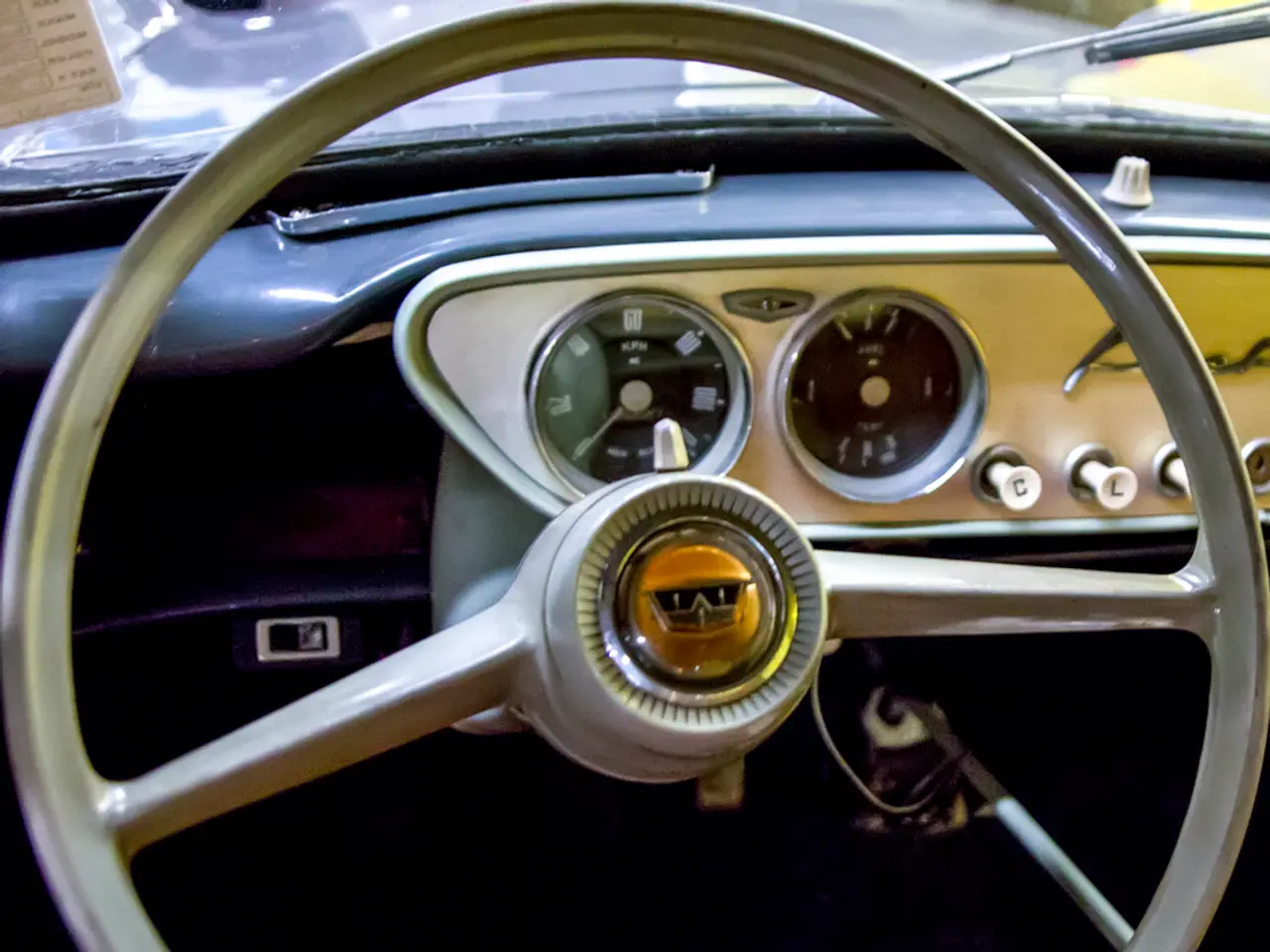All-Wheel Steering Makes a Comeback for Better Vehicle Maneuverability
Automakers are revisiting an old idea to enhance vehicle maneuverability: all-wheel steering. This system, which allows rear wheels to turn in coordination with front wheels, is set to improve handling and stability in modern cars.
The concept of all-wheel steering is not new. In the late 1980s, cars like the Mazda 626 and Honda Prelude pioneered this technology, making them stand out among mass-produced vehicles at the time. Today, this feature is making a comeback, offering benefits at different speeds.
At low speeds, the rear wheels turn in the opposite direction to the front wheels. This reduces the turning circle, making larger cars more maneuverable in tight spaces. Above a predefined speed, the rear wheels steer in the same direction as the front wheels. This enables smoother evasive maneuvers and lane changes, enhancing overall driving dynamics. While all-wheel steering reduces tire wear due to even distribution of forces, it also comes with its challenges. The system is complex, expensive, and heavy, which may impact vehicle production costs and fuel efficiency.
All-wheel steering, once a niche feature, is poised to become more common in modern vehicles. By improving maneuverability and handling, this technology promises a better driving experience, particularly for larger cars. Despite its complexities and costs, automakers are increasingly investing in all-wheel steering, signaling a shift towards more agile and responsive vehicles.
Read also:
- Increase in parking enforcement: Heidelberg utilizes scanner-equipped vehicles to identify violators as pressure on parking spaces intensifies
- Meta's Hyperspace enables the scanning of the physical world and its transformation into the Metaverse, while offering innovative AI tools for users to create anything they desire.
- Oberberg & Gummersbach Become EV-Friendly with New Fast-Charging Stations
- Top Picks for Tech Enthusiasts: 13 Exciting Gadgets to Delight Your Tech-Savvy Friend








